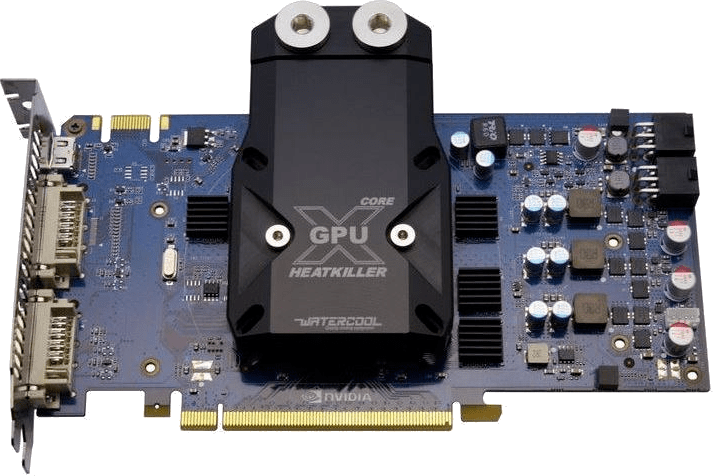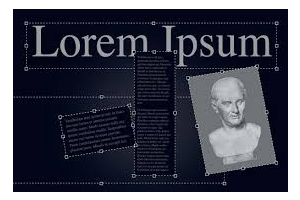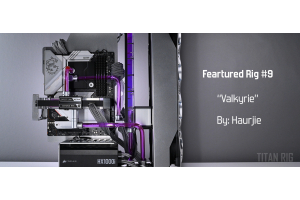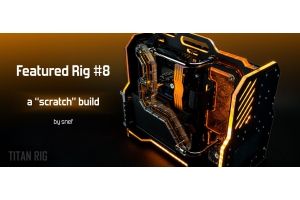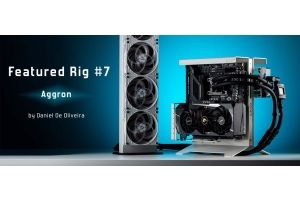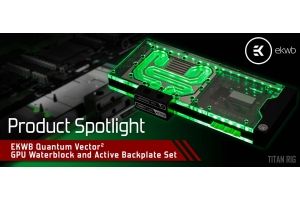Get an Extra 30% off Clearance Items With Code SAVE30 (click here)
How To Select The Right Water Block For Your Video Card
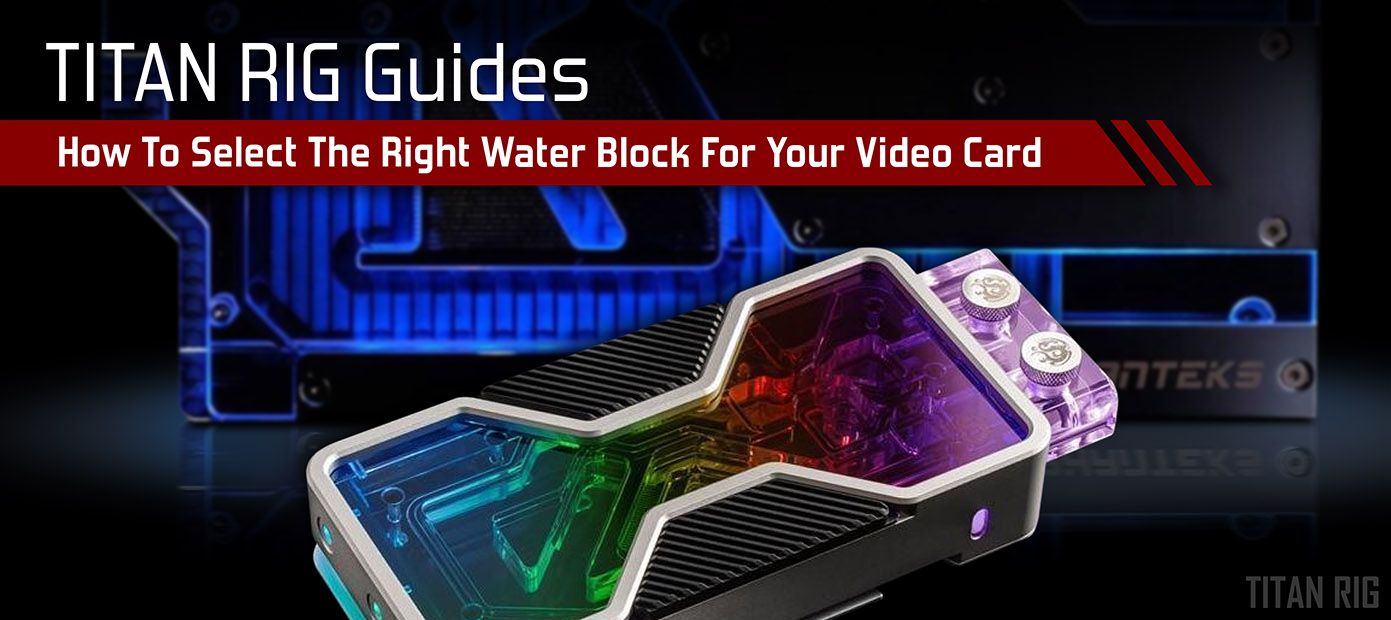
If you’ve been in this hobby for as long as I have, you’ll remember the simpler times. CPU water blocks were often soldered-together blocks of solid copper. Pumps looked like aquarium pumps because they were. Radiators were often rebranded automotive oil coolers. And only the craziest most dedicated of us bothered to water cool their video cards.
Times change and technology changes faster than anything. Video cards went from passive-cooling heat sinks to tiny open-air fans to fully-encased squirrel-cage blowers in record time as their components got more powerful and generated more heat.
The solution for the water cooler then was simple: a video card water block. They were all universal and often came with small aluminum heat sinks to stick to your memory chips.
Those were the days.
Fast forward to today – every higher-end GPU (from both Team Red and Team Green) is made into multiple models of complete graphics cards, each with their own tweaks and features.
Gaming Editions, OC Editions, Gaming OC Editions, Xtreme, Ultra, Master, Windforce, Suprim (yes, really) – the options are dizzying.
To make matters worse, once you decide on a card (and are lucky enough to get one), how do you find a water block to fit it?
—What do you have?—
The first step in finding the right water block for your video card is determining exactly what kind of card you have.
Video cards are broken into three different flavors, depending on the manufacturer.
- Reference cards: Reference cards use a specific design made by the chip manufacturer – AMD or Nvidia. All reference cards will have identical components and circuit layouts.
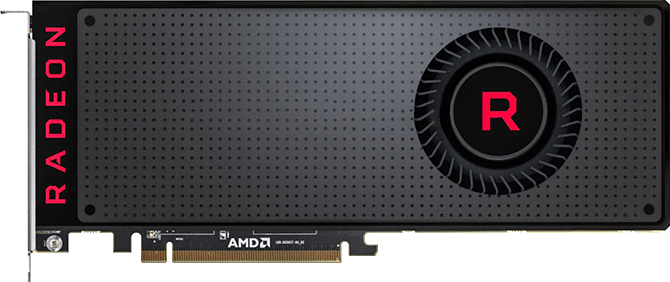
AMD's classic blower-style reference card.
- Non-reference Cards: These are cards that are designed by manufacturing partners like MSI, Asus, or EVGA. These cards can have any circuit or component layout – they should all be considered unique when looking for a water block for them.
NOTE: These "partner cards" aren't all necessarily non-reference design, so just because it's not made by AMD or Nvidia don't assume it's not based on the reference PCB.

One of the many varieties of partner cards.
- Founders Edition: This category belongs only to Nvidia, and what it means depends on the age of the card.

Nvidia's Founders Edition cards, old vs new.
Before Nvidia's RTX 3000 series, all Founders Edition cards were reference cards.
With the release of the RTX 3000 line though, Nvidia changed things up. Founders Editions of those cards are completely different from both reference cards and non-reference cards.
Thankfully, all Founders Edition cards within the same line (2080, 3080 etc.) are identical, making water blocks easier to find.
—So how do you know which type of card you have?—
Ideally if you plan to use custom water cooling on your video card, you'll be able to plan ahead when purchasing it and match your card and block prior to purchase.
That's not always possible.
The best way I know to find out what kind of card is under that pretty shroud is by looking at water block manufacturer’s listings.
Corsair, Alphacool and EK all have online “configurators” that will show you which if any of their products fit a specific video card.
Obviously this is meant to get you to buy products from that brand, but we can use these tools to get information on your card that will help you find a block for it from any brand.
Example A – At random, I chose the Gainward RTX 3080 Phoenix card.
I got lucky with this one, as it comes up on all three of the configurators and shows as a reference card on two of them:

Search results for reference-model video card from Alphacool and Corsair.
EK’s configurator doesn’t tell whether a card is a reference design or not, but you can tell by the water block that’s shown to be compatible.
For reference cards, EK’s blocks will have no suffixes like FTW3, XC3 etc.
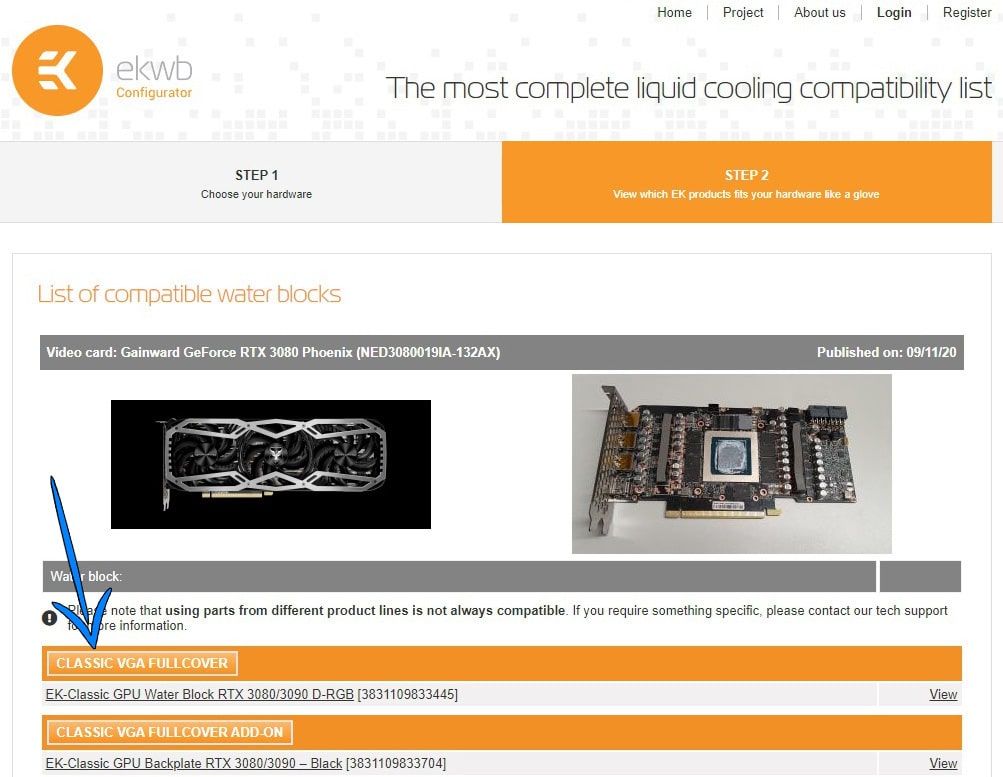
Search results for reference-style video card from EK.
If your card shows to be compatible with one of those blocks, it’s a reference-design card.
Example B – For this search I chose a known non-reference card, the MSI RTX 3080 Ventus 3X 10G OC.
In this case, both Alphacool and Corsair offer a water block for the card.

Search results for partner video card from Alphacool and Corsair.
Note that the name of the water block includes the word “Ventus”. This is a sure giveaway that this is a custom partner card.
Another sure sign is that EK does not offer a water block for it.
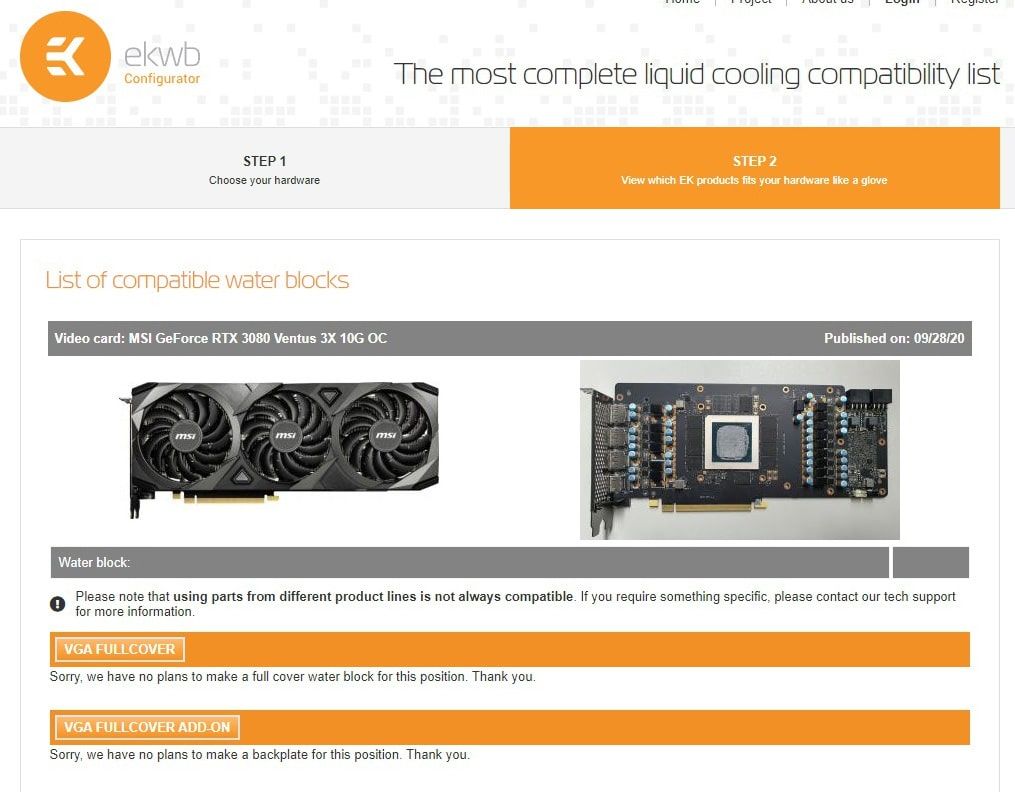
Search results for partner video card from EK. If EK doesn't have it, it's a partner card.
If the block that’s offered has a specific suffix in it – FTW3, Strix, or XC3, then the card is a custom partner card.
If there’s no block available, it’s a custom partner card.
Protip: When searching for blocks with these configurators, look for the *entire* name of the card or better yet, the model number. With so many models of each card on the market now, omitting even the smallest and seemingly insignificant part of the name (like 10G for example) can lead you astray.
Using these configurators should let you find out if you have a reference card or not.
If you DO end up having a reference-design card, finding a water block gets a lot easier. Any block that’s designed for a reference card of that series (2080, 3070, etc) should fit that card.
Our own product catalog has an option to show only blocks made for reference-design cards.
—What if you can’t find it?—
If none of the above info helps you find the right block for your card, there are a couple of other things you can try.
- First, non-reference cards will often have some other designation to them. TUF, Strix, FTW, Trinity, and XC3 are all examples of suffixes that partner brands add to their cards. Cards with these are not likely to be reference cards, so water blocks to fit those are specific to those cards.
- Contact the manufacturer. Send an email or a message to the video card manufacturer and simply ask them if the card in question is a reference design.
To make this process at least a little bit easier, I've put together a Google Sheets document with contact information for all of the major (and several minor) brands you might need.
- As a last resort, you can compare images of the PCB against your card. Here is a link to the known-reference Gainward card above.
EK’s configurator includes images of the bare PCB for most of the cards in its database.
TechPowerUp includes high-resolution images of the PCB of any video card that it reviews.
Today’s video card block market is a weird mix of incredible performance, high prices, low availability and a dizzying array of options.
Once you finally decide on your new card and can afford it and find it, using the steps in this guide will help you find the right water block for it.

